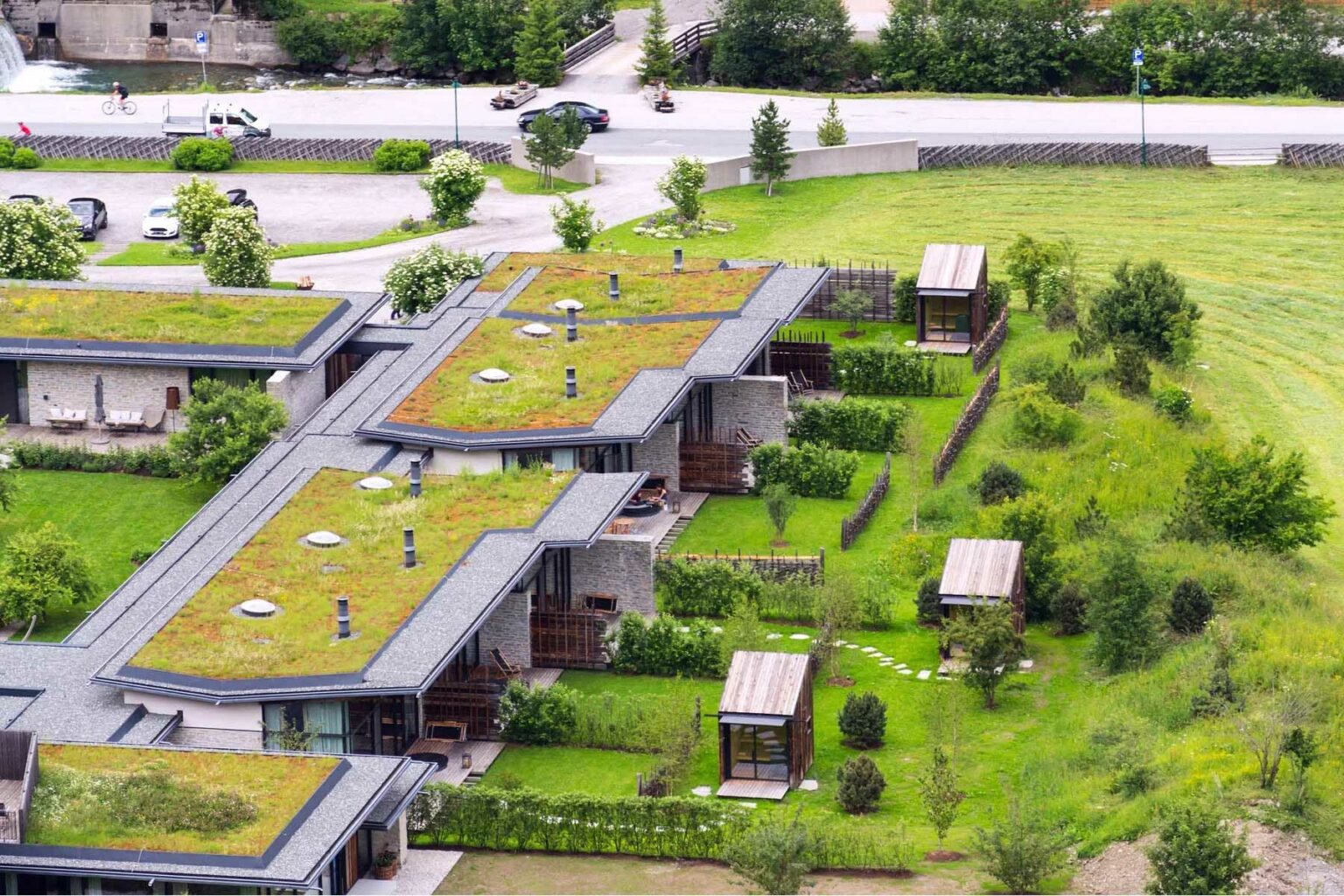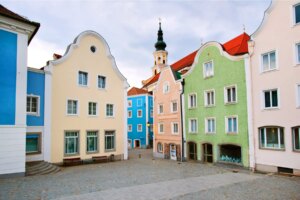Austria has one of the highest concentrations of sustainable housing in the world. Therefore, if you are looking to move there, you can rest assured that you will be in good hands when it comes to sustainable solutions.
Whether buying or building a new home, no one can afford not to think about the environmental impact of the materials and resources that will heat and cool it. But that’s not all. The eco-friendliness of your home not only affects the world’s resources but also your own pocketbook. That’s right, sustainable houses have cheaper bills.
To help you begin your journey to more sustainable and cost-effective living, this handy guide explains everything you need to know about sustainable housing in Austria, including the following:
Overview of sustainable housing in Austria
Remarkably, Austria created the concept of Passivhaus (Passive House), a voluntary standard for energy efficiency to reduce a building’s ecological footprint. Effectively, Passivhaus has proven that saving energy is comparatively easy in buildings if they are built so that they don’t use much energy in the first place. Therefore, buildings that subscribe to the standard generally maintain ultra-low energy buildings.
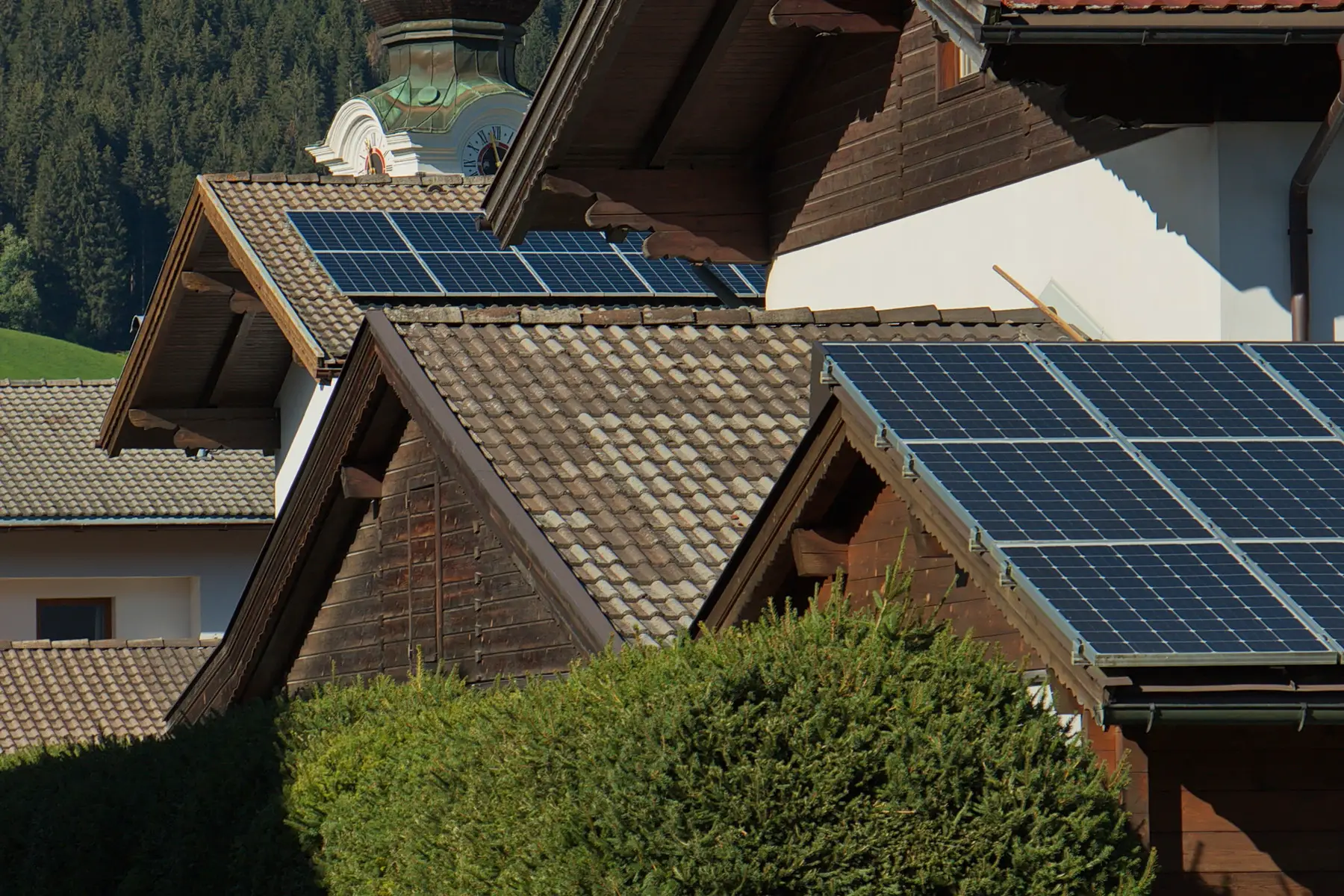
Impressively, Austria has the highest concentration of passive houses in the world. Since establishing the standard in 1994, the country has built more than 14,000 buildings to the passive house standard. The ecological passive house fulfills the need for living quality, comfort, and coziness at a quality level that has not really been achieved so far. This applies to both public and industrial buildings and is available to both single and multi-family homes. This is also the most consistent concept of sustainable building. In order to promote this positive move, it was vital to establish a network encompassing all passive houses built in Austria.
In 2009, Austria established tough measures to increase energy efficiency in both public and private buildings. Overall, the housing and construction measures are mandatory across the nine states in the nation. Essentially, the policy cuts energy consumption and greenhouse gas emissions in housing. The government began the process of phasing out oil heating and introducing new regulations for heating. Additionally, high-quality building materials and energy-efficient building methods are ambitiously expected. Consequently, Austria is now a leader in the EU for its eco-innovation measures in housing, as well as other sectors.
Features of sustainable housing in Austria
Essentially, the Passive House is a building standard that signifies that a building is a combination of energy-efficiency, comfort, and affordability. That said, a Passive House is more than just a low-energy building, and in order to be classified as one, it must adhere to several strict criteria.
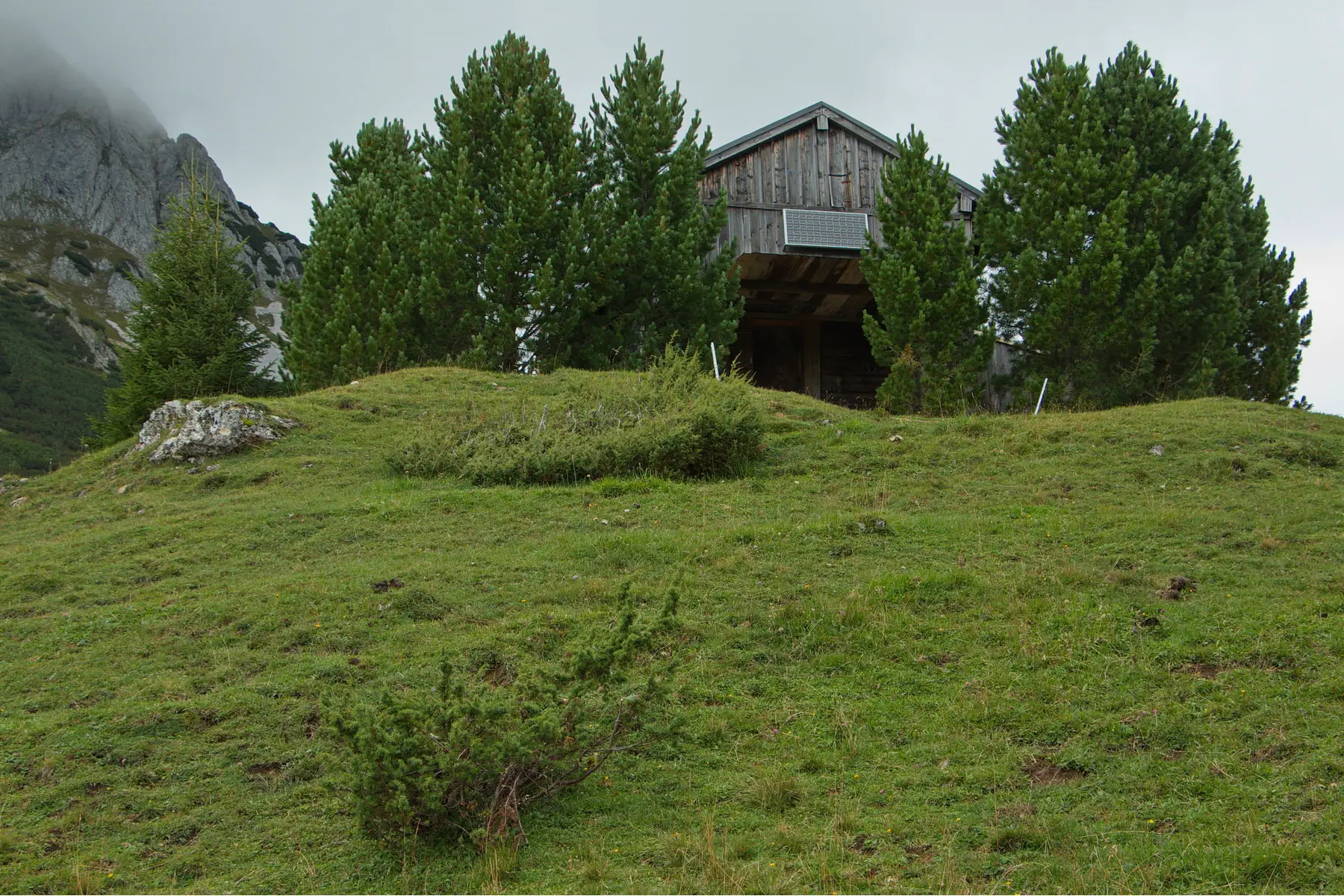
In summary, a Passive House must:
- Achieve space heating as well as cooling-related energy savings of up to 90% in comparison with a typical building and over 75% compared to average new builds.
- Use less than 1.5 l of oil or 1.5 m3 of gas to heat one square meter of living space for a year. Importantly, this is vastly less than most ‘low-energy’ buildings.
- Make efficient use of the sun. This is done through internal heat sources and heat recovery. Additionally, when the weather is warm, Passive Houses use passive cooling techniques. This includes methods such as strategic shading.
- Have superior ventilation. A constant supply of fresh air purifies the house minus any draughtiness. Additionally, efficient heat recovery cleverly reuses the exhaust air.
- Be comfortable. This is not an aspect to overlook when building a home that will house your family. An important detail of Passive Houses is the special windows, highly insulated exterior walls, roof, and floor slabs. These keep warmth in as well as undesirable heat out. Additionally, even when the weather is extreme, indoor surfaces remain at the same temperature. Anyone who has ever sat on a hot black leather couch wearing bicycle shorts will appreciate the distinction!
Where to find sustainable housing in Austria
Essentially, the market for passive houses has developed incredibly in the last 15 years in Austria. As a result, these houses can be found all over the country. Vienna, in particular, has vocally committed itself to the Passive House standard which covers kindergartens, student dorms, apartment buildings, and offices, as well as houses. The largest number of buildings are located in Upper Austria, followed by Lower Austria and Vorarlberg. Currently, Tyrol houses the largest number of residential passive houses. Hot on its heels are Vienna and Vorarlberg.
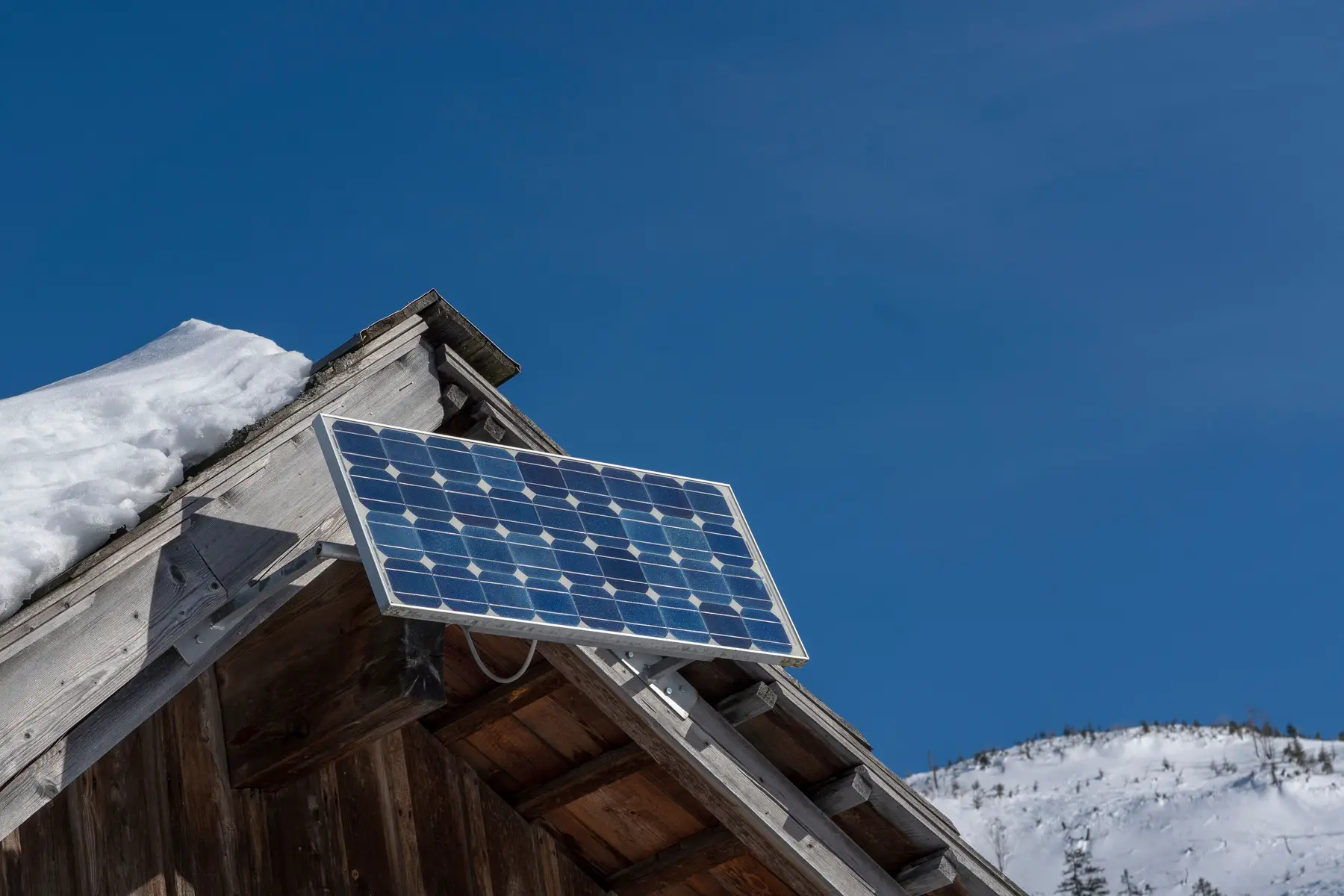
Even further afield, Austria works hard to keep its presence green. For instance, the Austrian Embassy in Jakarta is a ground-breaking example of a building that uses the Passive House standard in the tropics. The embassy boasts 85% less energy usage per square meter than in a normal office in Indonesia. Additionally, Austria built its first Passive House, AustriaHaus, in Whistler, Canada. Amazingly, the building uses one-tenth of the energy of a similar-sized building.
Sustainable housing costs in Austria
If you are interested in buying or building a sustainable home in Austria, you will no doubt be keen to know the cost at the outset, as well as how much money you will save in the long run.
According to Passipedia, an investment of €15,000 upgraded a regular house to a Passive House in 2010. This included such necessities as thermal insulation for walls, roofs, and floors (approximately €4,800), and windows (€5,400). Heat ventilation incurred an additional cost of €5,200. However, these costs declined significantly in only five years as technology improved. In 2015, for instance, the costs of turning your home green were down to only €9,500.
So what about the savings? Well, for a start, if you are building a Passive House in Austria, the builder may apply for the ‘Energy-efficient construction’ ESH50/Passivhaus low-interest loan. Essentially, there is a lower annual cost of approximately €880 in the first few years due to the lower interest rate. Broadly speaking, a Passive House also saves €825 per year on fuel costs and €65 per year on electricity. Fortunately, this only stands to increase as the technology continues to improve.
Building a sustainable home in Austria
There is really no reason why you wouldn’t build a sustainable home in Austria. After all, the construction industry is incentivized by the government to use eco-friendly materials and implement sustainable systems. Low-interest loans are also available for those building Passive Houses which result in lower bills over the long term. Essentially, Austria makes it very easy to be green.
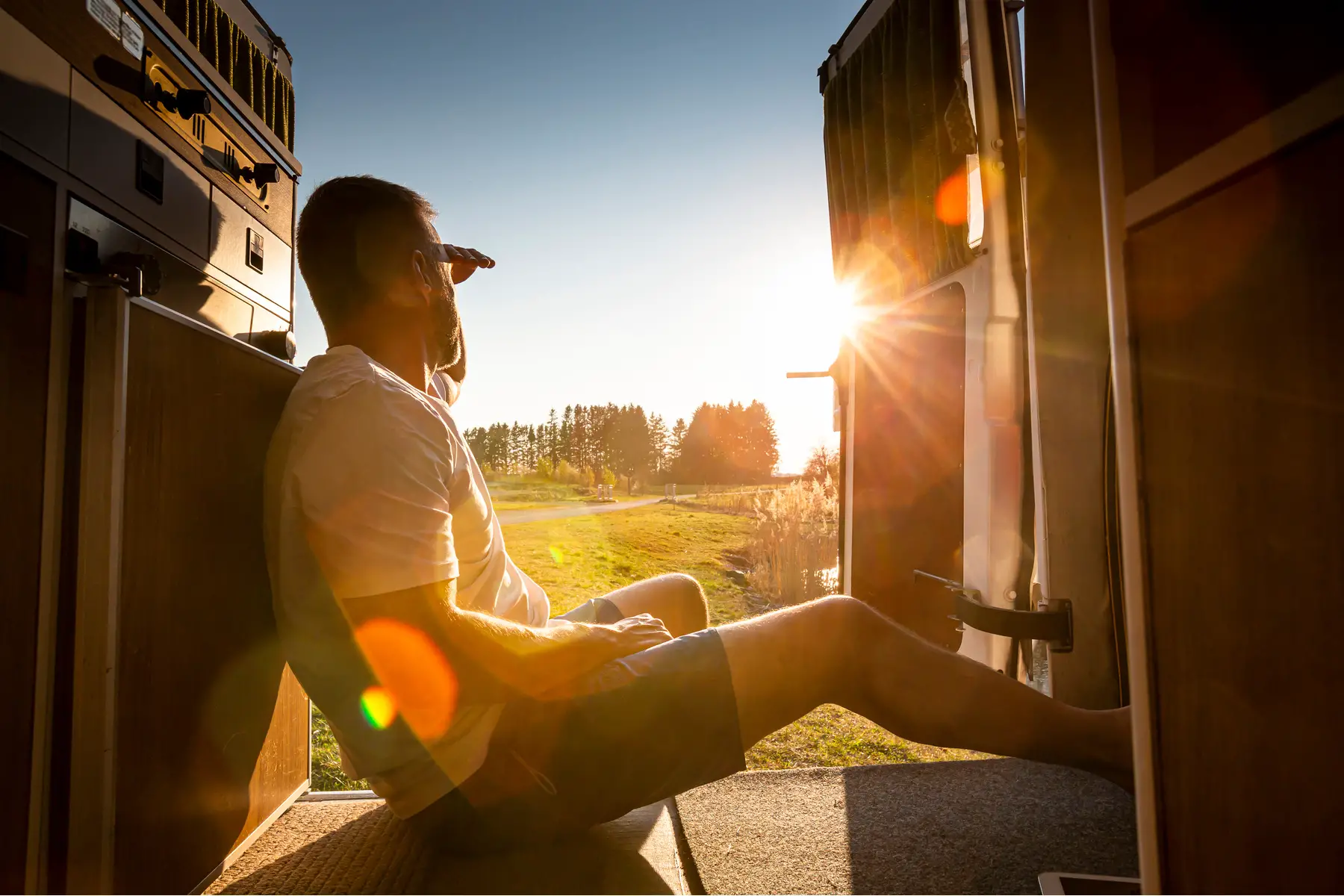
And if you would like to go a little more off-piste, there is a very green solution to be found where the hills are alive with the sound of music. Innovative company Wohnwagon recognizes that people are downsizing their lifestyles as well as wanting to be more self-sufficient. In response to this growing demand, they are building caravan mini houses using building materials from nature. They can also install self-sustaining building technology for electricity, water, and heating. These clever wooden mini homes start at €150,000 with supportive planning, advice, and coordination on the construction of your Minihaus.
If you’re not quite ready for compact living, however, they can always help you implement self-sufficiency modules (such as rainwater systems and green roofs) into your existing or new regular-sized homes. Far from the preconceived notions of hippy living, these systems use new technology and high design standards.
How to measure how green your home is in Austria
It’s all about the bills. Check out how much you are spending and you will quickly be able to see how green your home is. If your bills are above average, there are likely to be improvements you can make. Climate Austria’s CO2 calculator is a handy website that allows you to calculate your electricity consumption and energy and heating to help build a picture of where you sit on the scale of eco-friendliness.
Sustainability in Austria
Austria has been a leader in green technologies since the 1990s. Remarkably, 60% of the country’s electricity comes from hydroelectric plants. Additionally, the alpine nation was dutifully committing to recycling and environmental cleanliness long before it was common in other countries.
However, the Austrian government not only promotes and aids eco-friendliness in its own nation, but it also promotes Passivhaus around the world. Furthermore, because Austria has the capacity, it collects Rome’s waste for treatment. Austrian technology also cleans and desalinates most of the water in Oman. In essence, the green industry in Austria is a powerhouse and the nation’s expertise with technology and implementation place it at the forefront of this important movement.
Useful resources
- Climate Austria – manages climate protection projects and is supported by the Austrian Federal Ministry of Sustainability
- Passivhaus – provides in-depth information about the Passive House Institute (PHI) in Austria
